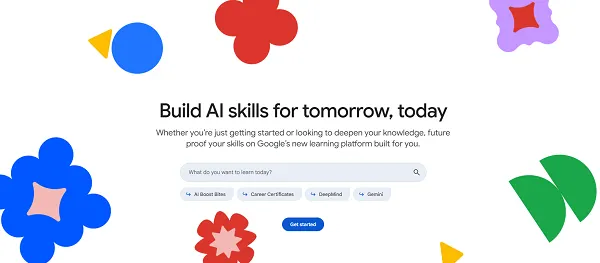Online learning
fromeLearning Industry
6 days agoStep-By-Step Guide To Choosing And Setting Up Budget-Friendly Gadgets For Online Learning
Effective, budget-friendly online learning setups are achievable by matching device type and specifications to the student's specific learning tasks and performance requirements.


























